The Ultimate Guide: How to Build Your First Capsule Wardrobe
Five years ago, I created my first capsule wardrobe simply by paring back what I already had in my closet. Here’s how I did it, plus all of my top tips and checklists to help you stay organized!
First, let’s start with the basics, including what a capsule wardrobe is and some of the amazing benefits of downsizing your wardrobe.
What is a capsule wardrobe?
A capsule wardrobe is a collection of thoughtfully curated, easily interchangeable items designed to maximize the number of outfits you can create. With a capsule wardrobe, you can achieve a variety of different looks with a small selection of clothing.
The history of capsule wardrobes
Capsule wardrobes date back to the 1970s. The concept originated from Susie Faux, the owner of a London boutique called Wardrobe. According to Faux, a capsule wardrobe contains a few essential and timeless items, such as skirts and pants, that can be supplemented with seasonal pieces.
The concept took off in 1985 with designer Donna Karan’s first capsule collection called “Seven Easy Pieces.” The collection included a bodysuit, skirt, tailored jacket, dress, something leather, a white shirt, and a cashmere sweater. It was designed to take a woman from a day in the office to an evening out.
Today, capsule wardrobes are back in style in large part due to increased public interest in reducing the fashion industry’s environmental impact and greater demand for more sustainable and responsible manufacturing processes.
Traveling soon?
Learn how to build a travel capsule wardrobe with the genius 54321 method. You’ll never overpack again!
Benefits of a minimalist capsule wardrobe
There are so many benefits to having a capsule wardrobe! Here are some upsides I’ve experienced firsthand.
Less decision fatigue
Fewer options, fewer decisions! Getting dressed is easy and enjoyable when you have a small wardrobe of clothes you love, know how to wear, fit well, and make you feel confident.
Save money
With a capsule wardrobe, you will shop considerably less because your clothing will be versatile, high-quality, and things you love. You’ll shop more intentionally, buy fewer clothes you don’t truly need or love, and save significant money.
More sustainable
Purchasing fewer clothes has a significantly lower impact on the environment. Less clothing means fewer chemicals in our water and oceans, fewer clothes in landfills, and a smaller carbon footprint.
More time
Think about the time you spend shopping, trying on, returning, exchanging, tailoring, laundering, organizing, purging, and deciding what to wear. When you have a minimalist capsule wardrobe, you spend considerably less time and energy on all these things, which you can then spend on more important things.
Higher-quality clothing
When you stop buying clothes you don’t need, you’ll also be able to invest in timeless, high-quality pieces. Well-constructed garments made from quality fabrics will drape better, hold their shape longer, clean easier, and last for seasons to come.
Essential capsule wardrobe tips for beginners
Before I explain the process, here are a few tips to help you choose the pieces that will work best for you.
Keep a primarily neutral color palette.
Keeping most of your essential pieces neutral in color will make them much easier to mix and match. Neutral colors can include black, navy, gray, brown, camel, taupe, cream, white —or any shade in between. Look in your closet and notice which neutrals work best with your skin tone.
If you love a pop of color, incorporate 1 or 2 accent colors that you love and that work with your complexion. Not only will they pair nicely with your neutral-toned pieces, but they’ll add interest and personality to your capsule.
Pick timeless, functional, and versatile pieces.
When planning your capsule, you’ll also want to focus on how timeless, functional, and versatile each piece is.
- Timeless clothing is classic and will never go out of style. Think pieces like a crisp white button-down shirt, a classic blazer, and straight-leg jeans.
- Functional clothing prioritizes comfort and practicality to fit your lifestyle. When choosing your pieces, consider factors like fabrics, shapes, lengths, overall style, and ease of care (think cleaning and maintenance).
- Versatile clothing pairs easily with other items. You can style them in different ways and wear them for various occasions.
Before selecting a piece for your capsule, ask yourself these questions:
- Is this item comfortable and practical, and does it suit my current lifestyle?
- Is this item easy to wear, clean, and maintain?
- Will it pair easily with the other items?
- Can it be styled in different ways and dressed both up and down?
Focus on the current season.
If you can’t wear it now, move it to another area until the seasons change and it’s time to switch over your wardrobe.
Don’t get hung up on a number.
When it comes to how big or small your capsule should be, there are no strict rules. While it may help to have a range or maximum number of pieces in mind, avoid getting stuck on one specific number. Give yourself the flexibility to choose however many pieces of each type you need to build a well-rounded capsule wardrobe you love.
Subscribe to get my capsule wardrobe checklist using the form below, or create your own to keep you on track as you pick your key pieces. It’s helpful to jot down specific garments and colors you know you want to include and items you need to purchase.
Think of this as a rough draft.
We’re not going for the perfectly curated capsule wardrobe. This is V1, a rough draft. Choose pieces you love and some you want to wear more often. As you hone your style and find your favorite pieces, your capsule will evolve and get better over time.
How to Build Your First Capsule Wardrobe:
Your Step-by-Step Guide
Step 1: Audit your current wardrobe.
The first step in building a minimalist capsule wardrobe is identifying the pieces you love, sorting, and removing clothing items you know you are ready to part with. This allows you to get clear about the types of pieces you’ll want in your capsule while clearing some of the clutter.
First, grab the items you love.
Go ahead and separate the clothing you love and wear regularly, as these will most likely earn a spot in your new capsule. Seeing these pieces together (while separate from the rest of your wardrobe) will help you define your style and identify the shapes, colors, and fabrics you gravitate towards that suit your current lifestyle.
Then, sort and simplify what’s left.
Sort what remains so you can easily see everything you have within each category:
- Jeans
- Pants
- Skirts
- Shorts
- Tees and tanks
- Tops and blouses
- Sweaters
- Dresses
- Coats and jackets
Free up some extra mental and physical space by quickly decluttering while you sort. Move anything not currently in season to a different part of your closet.
Donate, sell, or recycle anything that you feel ready to let go of, such as:
- Clothing you no longer wear or like
- Items that are very similar to something else you already own
- Pieces that don’t particularly flatter your skin tone or body type
- Clothes that are stained, worn out, or damaged beyond repair

Step 2: Pick your capsule pieces.
Once you’ve done your wardrobe audit, it is time to start choosing your staple pieces.
Start with your favorite items in each category you pulled out in Step 1. For example, if you have a favorite pair of black denim, you may want to choose 1-2 more jeans that have similar characteristics in different washes or to round out the category.
Choose your capsule pieces by going down the list, one category at a time, starting with the staple pieces you picked in Step 1. Use these to help you identify what you like and also what else you need or want to include.
Below is an example of a basic minimalist wardrobe ranging from 28 to 42 pieces. Depending on the season, where you live, your lifestyle, and what you like to wear, the categories and the number of items you end up with will likely differ from what I have here.
- 2-3 pairs of jeans
- 2-3 pants, leggings, and trousers
- 2-3 shorts
- 1-2 skirts
- 5-7 T-shirts, tank tops, and bodysuits
- 3-4 tops & blouses
- 3-4 sweaters
- 1-2 dresses
- 2-3 jackets, coats, and blazers
- 3-5 pairs of shoes
- 2-3 belts
- 2-3 bags
Check out the capsule wardrobe example below for inspiration, recommendations, and category-specific tips.

Step 3: Create some minimalist outfits.
Now that you’ve edited your wardrobe and picked out your core capsule pieces, the next step is creating 7-10 everyday outfits (or more if you like!) with your selected garments.
I include this step because having pre-planned, everyday outfits will make you feel exponentially more comfortable with your smaller wardrobe and save you time and mental energy moving forward.
If you’re tired, take a break or do this step in a day or two when you feel fresh. Whatever you do, though, don’t skip it!
Tips for creating capsule wardrobe outfits
Get inspired. Pinterest is an excellent source of inspiration because you can get outfit ideas for the clothes you’ve selected. Pin outfits you love and can loosely recreate using the items you’ve selected.
Start with one item. See how many different looks you can make with one pair of bottoms or a favorite top. Working this way is more efficient and will push you to try new combinations, maximizing the number of looks you can create.
Balance outfit proportions. Outfits that incorporate different proportions tend to be more visually balanced and pleasing. For example, pairing wide-leg trousers with a slim top and slim, pointed shoes will look more balanced than the same trousers with an oversized baggy top and chunky boots.
Play with the rule of thirds! Dividing your outfit vertically into thirds creates a more balanced look and elongates your silhouette. Here are two of my favorite ways to achieve this: pair high-waisted bottoms with a tucked-in top (creates a visual break at the one-third point), or layer a longer top (button-down, cardigan, or blazer) over shorts, a skirt, or a dress (aim for the top’s hem and your bottoms to hit around the two-thirds mark). Give it a try and find what flatters you most!
Layer and style for interest. Layering adds interest and is the simplest way to take a basic outfit to the next level. You can layer with both clothing and accessories. Play with different tucks, layers, shoes, belts, jewelry, and accessories, as these will make even the simplest pieces stand out.
Take photos. Take a picture of outfits you love with your phone so you can reference them in the future. I created a folder in my photo app specifically for my favorite outfits so I can pull them up quickly when I’m getting dressed.
Identify the gaps. During this process, you may identify gaps in your capsule and items you need to purchase. If so, write them down and add them to your closest when your budget and time allow.
Look for weak links. If you find something that will only work one or two ways, consider whether it’s worth keeping. Most likely, this item will not work as hard for you as something else might. Consider swapping it for something that you will get more wear out of.
Wondering what’s next?
Now that you’ve created your staple outfits, carve out a section of your closet for your capsule pieces. If you have the room, move everything else to a different closet or location that’s out of sight.
Resist the urge to add items back. Give yourself a few weeks to get comfortable with your new, smaller wardrobe and experience the benefits. If there’s something you find you need from your other clothing, by all means, include it in your capsule. But I challenge you only to add items back that you love and can wear at least five ways.
What to do with the rest of your clothes
- Donate or sell what you can ASAP. Grab those items you are ready to part with and get them out of your home within the next few days.
- Declutter again after 30 days. Go through your non-capsule clothes again after 30 days. I’m guessing there will be many clothes you now feel ready to let go of that you couldn’t before.
Capsule wardrobe example
Looking for some inspiration? I’ve got you covered! Below is an example of a basic capsule, along with some of my personal favorites. If you’re searching for some new capsule staples, here are 25 minimalist clothing brands to check out as well!
Some of the links below are affiliate links, which means I may earn a small commission if you click through and make a purchase (at no additional cost to you). I only link to brands I believe in, so thank you for supporting Modern Minimalism.
Staple denim (jeans)
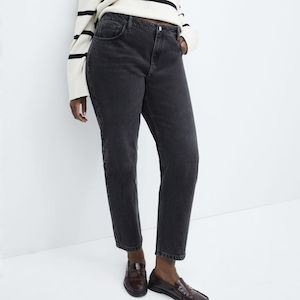
Mango Mom High-Rise Jeans
I recommend sizing down and letting them stretch out for 1-2 wears.

Madewell 90’s Straight Crop Jean A personal favorite!
White t-shirt

Massimo Dutti Boyfriend T-Shirt
My absolute favorite white tee. Not see-through & excellent quality. I own two!
Crew neck sweater

Everlane Cashmere Classic Crew Budget-friendly Alternative: Quince Cashmere Relaxed V-Neck Sweater
White sneakers
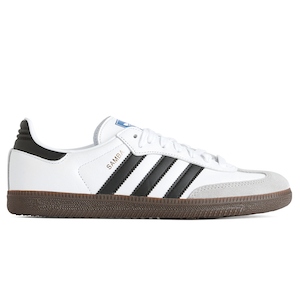
Adidas Samba
Look for sneakers with 2-3 neutral colors to pair with more pieces (white/cream/brown or black/gray/white)
Short boots
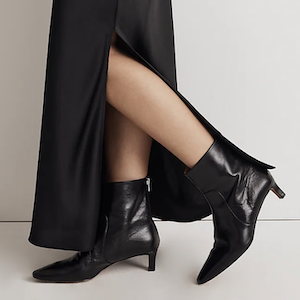
Madewell The Dimes Kitten Heel Boot
A mid-calf boot that hugs the calf will work with more bottoms
Crossbody Bag
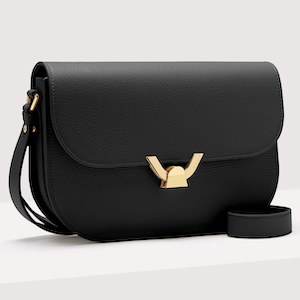
Cocinelle Dew Crossbody Bag (Medium)
My favorite bag brand — gorgeous, timeless, and lasts forever
More capsule wardrobe articles you might like:
- How to Build a Travel Capsule Wardobe with the 5-4-3-2-1 Method
- Essential pieces for a fall capsule wardrobe (+ my favorite seasonal picks)
- Got kids? Here’s how to create a kids capsule wardrobe with my kids capsule wardrobe checklist.
If you have any questions along the way, leave them below in the comments, and I’ll be sure to reply.
Frequently asked questions
You can build a capsule wardrobe from scratch, but using the functional and versatile pieces you already own is more economical and environmentally friendly. Many people can create their first capsule wardrobe with the clothes they already own and later purchase other essential items to fill the gaps.
A capsule wardrobe commonly has anywhere from 30-50 items but can have as many or as few clothes that work for you.
Your capsule wardrobe can have trendy items if they align with your personal style and lifestyle. Build a foundation with classic pieces and add on-trend pieces occasionally if they speak to you.
The 333 method encourages you to get creative with your wardrobe by seeing how many outfits you can create using just three tops, three bottoms, and three pairs of shoes.
The 5 4 3 2 1 capsule wardrobe is a popular packing method that can help you travel lighter. It includes five tops, four bottoms, three accessories, two shoes, and one swimsuit —which can be modified depending on your destination and planned activites.
The rule of 5 capsule wardrobe is a framework for building a basic capsule by choosing up to five items from each clothing category, such as five tops, five sweaters, five t-shirts, five pants, etc.
A 10 item capsule wardrobe consists of 10 core pieces, such as 2 pairs of jeans, 1 pair of trousers, 2 sweaters, 1 skirt, 1 dress, 1 button-up shirt, 1 blouse, and 1 blazer.
A capsule wardrobe generally consists of clothing, shoes, and outerwear. Pajamas typically don’t count.


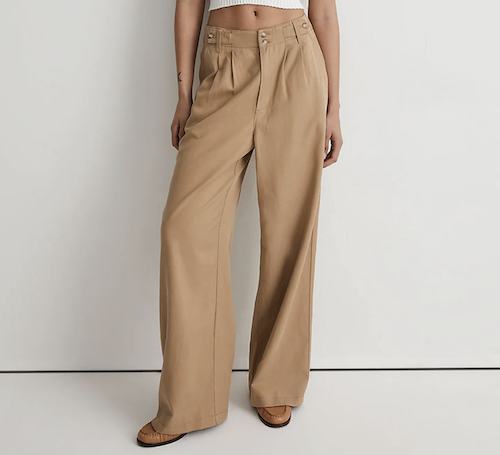
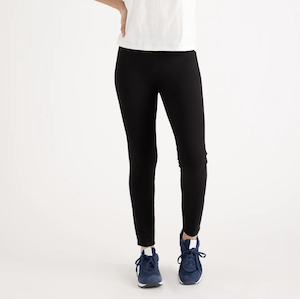
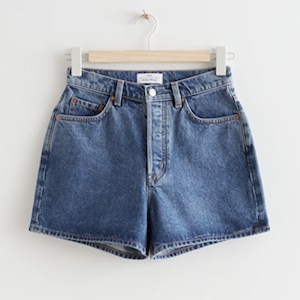
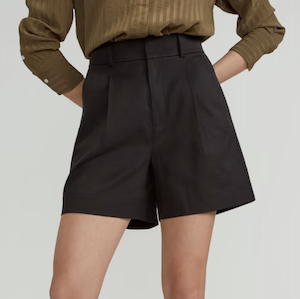
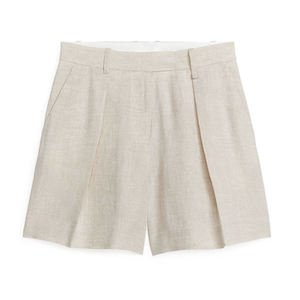
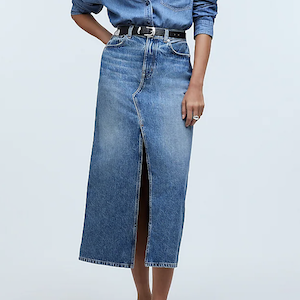

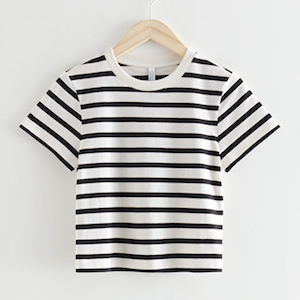
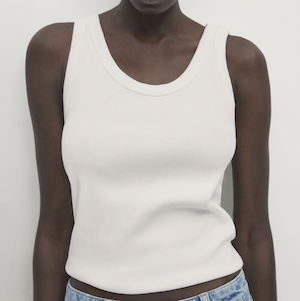

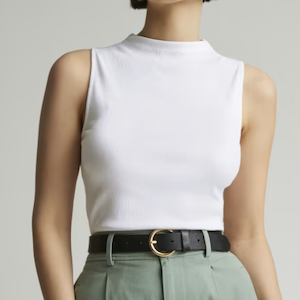

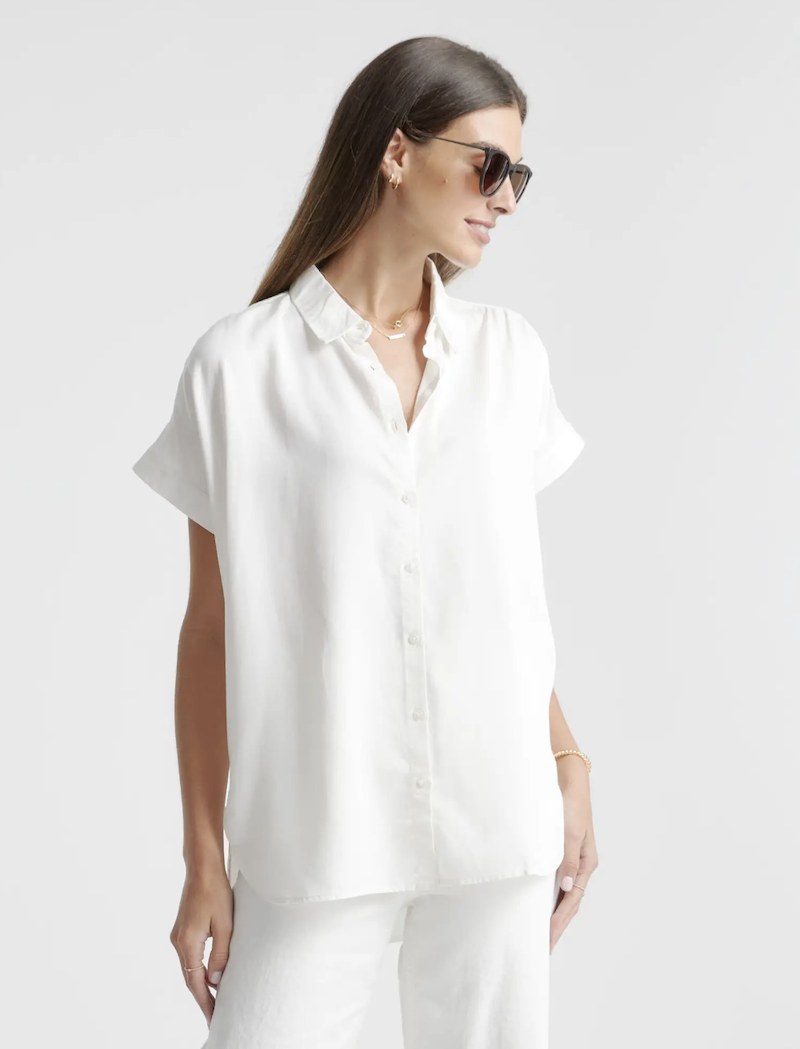

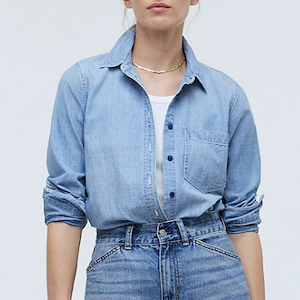
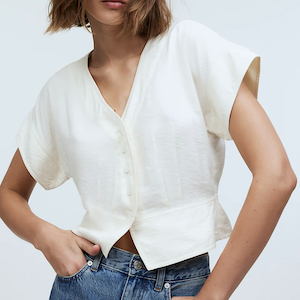

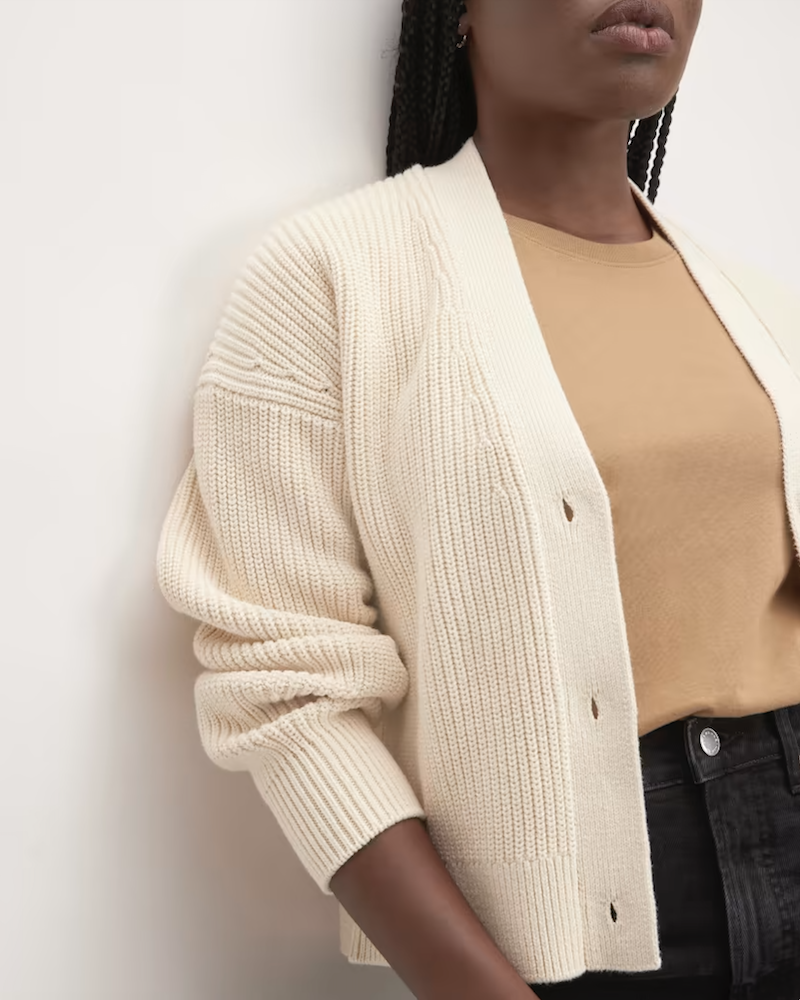
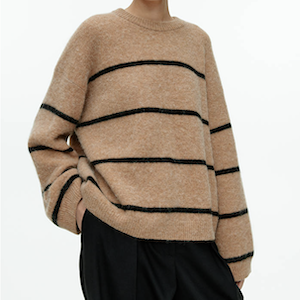
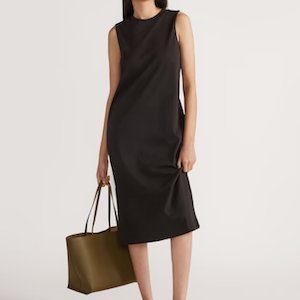
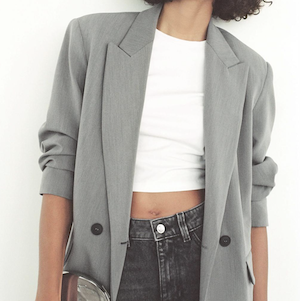
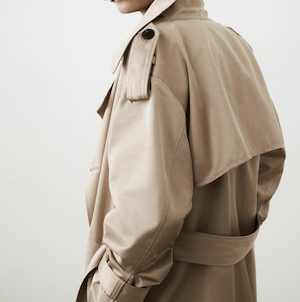
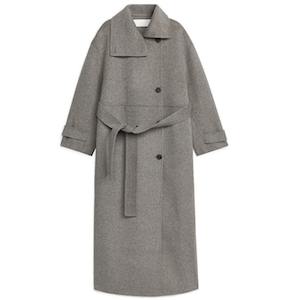
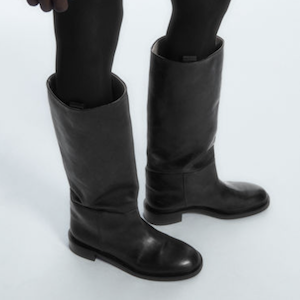
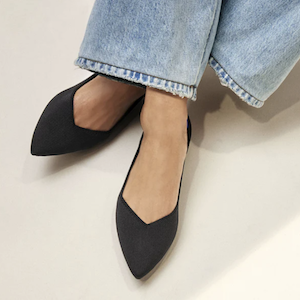
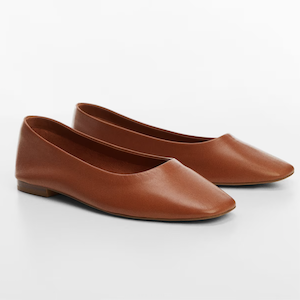
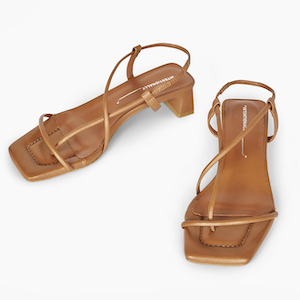
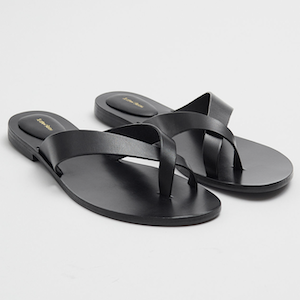
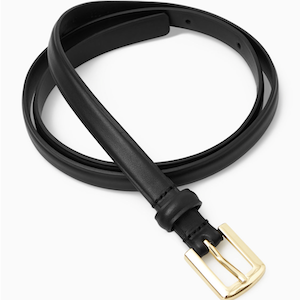
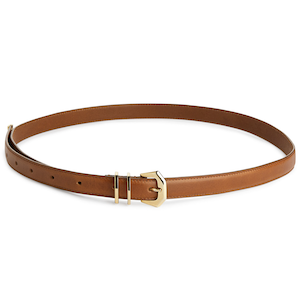


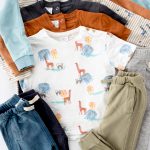
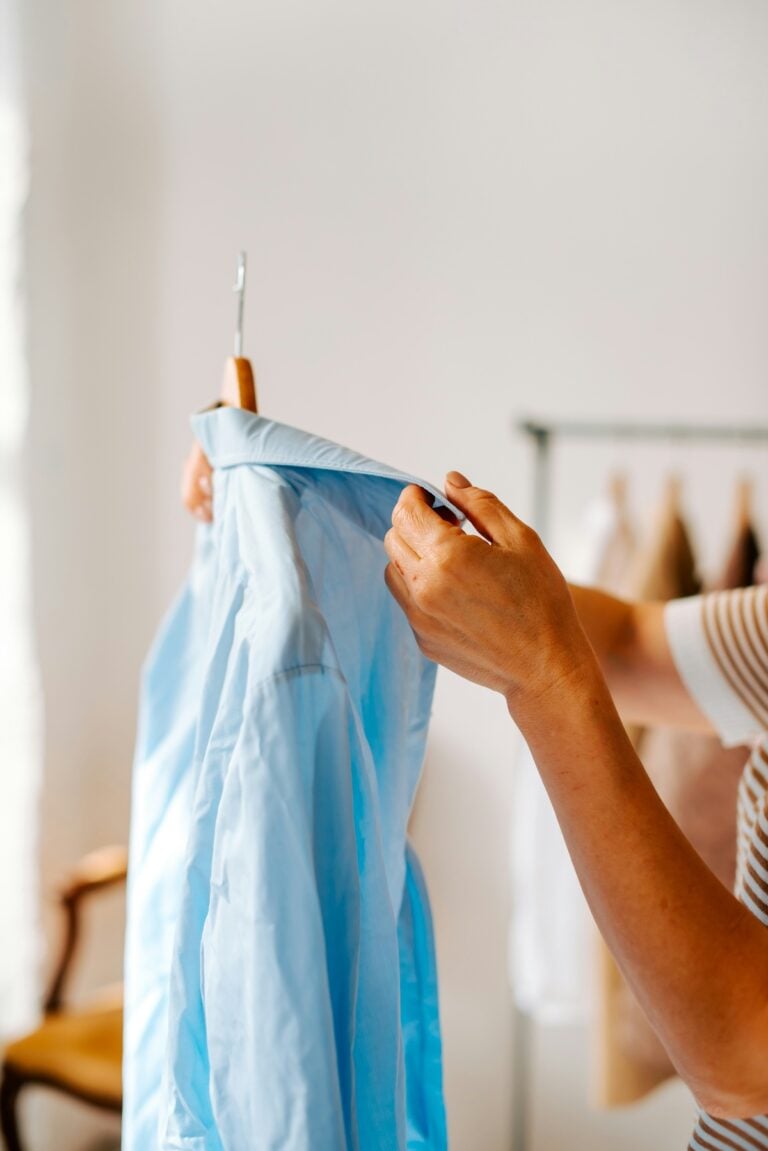
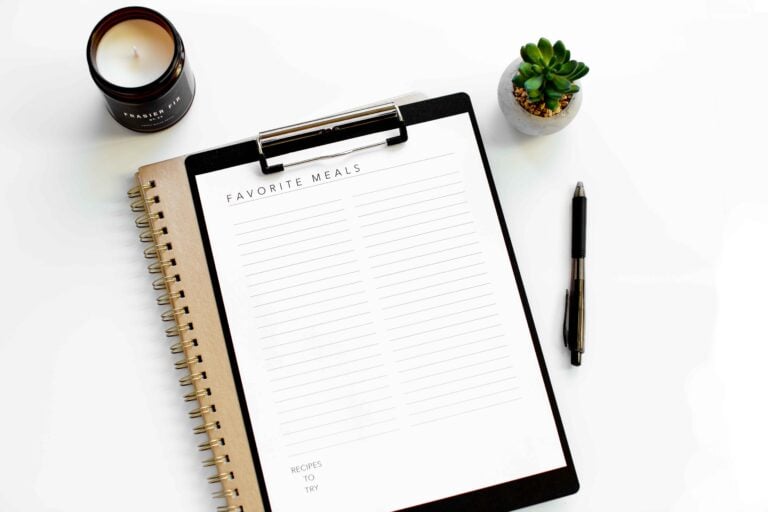
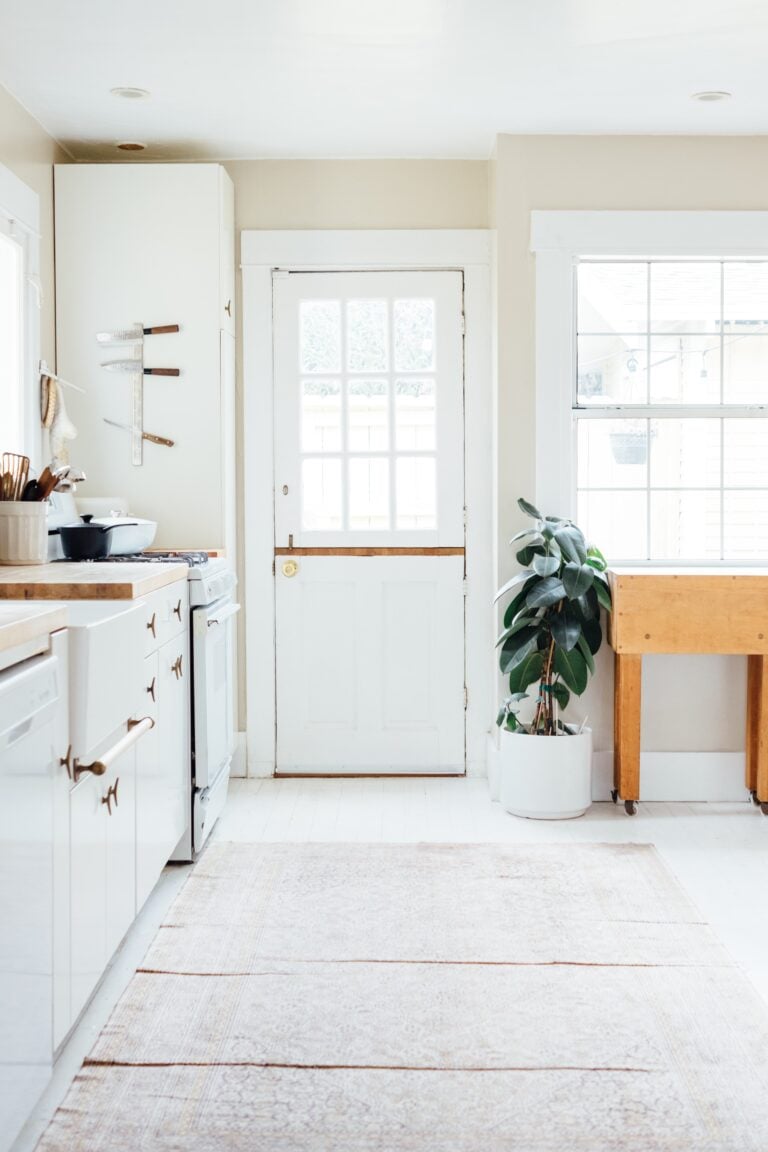
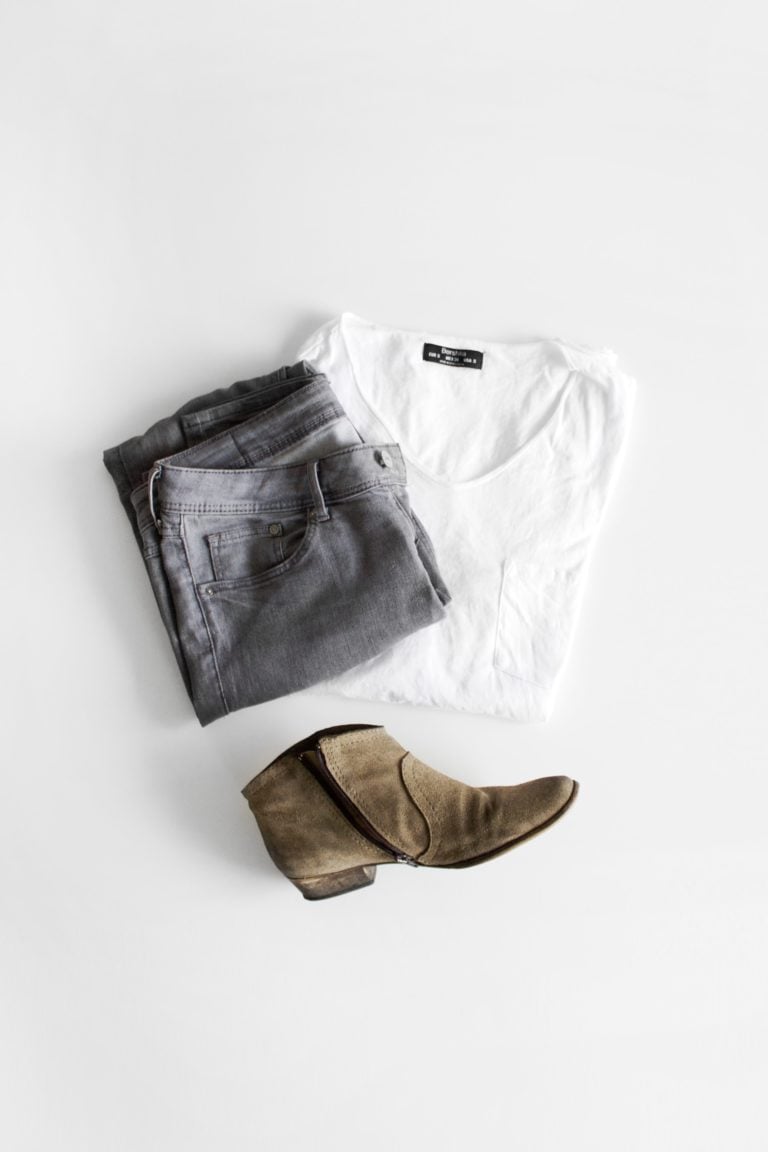




This SOUNDS AWESOME however I am not sure that I can quite pull this one off as I have 5 closets jammed packed with my clothes! I went through one closet when I was in the frame of mind to get rid of excess that I don’t / won’t use, and now I noticed how wonderful it feels to reach into that closet and just pluck out what I went into the closet for; rather than pushing through a jammed in bunched up too-full closet in an attempt to find what I am looking for. It was a pleasure that I am not used to. I liked it a lot and I want more!
Hi Elle,
What a detailed and thorough article detailing how to put together a capsule minimalist wardrobe!
As you say, there are so many benefits to creating a minimalist capsule wardrobe. Personally, I’ve invested in core pieces that last several seasons. I’m spending more money upfront, but in the long run, the cost per season is cheaper. Why? I’m not spending and replacing the item every season – instead, it can last me 4 or 5 years.
The minimalist capsule wardrobe is a great idea for everyone, but the reality is that not everyone has the cash to invest large amounts of money to replace their clothing at once. If someone is just starting out and has a limited budget, what is the number one item of clothing they should invest in and why?
– Jani, Frugal Fun Finance
By choosing versatile, timeless pieces and mixing and matching them to create a variety of outfits, you can save time and money while still looking stylish and chic. Thank you for this blog! 🙂
How do you keep the capsule wardrobe minimalist in number when you add trendy pieces each season?
Hi Sandy! Great question. Sometimes I’ll choose a more on-trend item to replace something older/worn out in my current wardrobe. I also try to choose things that aren’t overly trendy, rather a modern spin on something that I know I’ll be able to wear for at least a few years. I hope that helps!
This structured way of creating a capsule wardrobe is exactly what I needed, so thank you!! I have just gotten started but it’s so much fun, and I already feel like it’s a lot more clear what’s missing in my wardrobe 🙂
So helpful! I am about to start building my own capsule wardrobe, this guide will help me!
Love this content, the only problem I had was to be able to read the “hand” written checklist I got in the email. I think it would be much better to have it in more readable format. If you ever change it, please let me know because I still can’t decipher some of the items on the checklist and it’s a bummer..
Hi! Thank you for your blog and for your blog post.
Honestly, I really struggle with the entire premise of capsule wardrobes. Not that I am against reducing waste via the clothing we wear and, more importantly, the amo8nt of clothing we purchase; to the contrary, I am not. That being said, about five or so years ago, I reduced my wardrobe too much, and then had far fewer options than before. I even got rid of some rather nice pieces, just because I hadn’t worn them in a long time. Which is rather silly.
Furthermore, the items often recommended in capsule wardrobes are universally the same, i.e. white button-down shirt, striped Breton/knockoff striped top, wrap dress, flats, etc. I realize that each person needs to shop according to their style needs, lifestyle and preferences. However, what I see happening is this push towards purchasing much fewer and much more expensive. Do I *really* need a $50.00 white t-shirt? Do I really need a Chanel bag? I know your blog post isn’t promoting the purchase of such items, and yet, I see this sort of promotion on other blogs. So, the message is to not only buy fewer, but also to buy items which cost hundreds if not thousands of dollars. In fact, do I really need a white t-shirt at all, if white anything isn’t the best color for me? I don’t like white pants, so, I don’t buy them. Button-down shirts are tricky for large-busted women, but I did manage to find one – in blue and white stripe.
On the other hand, I do like nice blouses, skirts, pants and dresses, as well as pretty nightgowns and lingerie, and good-quality leather handbags, belts, and shoes/boots, and nice outerwear. For me, I spend much more on the aforementioned items, and less on what I consider to be consumables, i.e. t-shirts, jeans, workout gear, etc. I have items that I may wear only once or twice a year, i.e. suits and stiletto pumps, but I have them, if I need them. And yet, this practice seems to be frowned upon by most advocates of capsule/minimalist styling.
I am not one to follow trends. I buy what I like, and when I need to buy it. I buy the best quality I can, and buy what I think looks good on me, and think I look nice when I leave my home.
My advice? Buy what you want. Buy what you need. Of course, within reason. Enjoy your clothes. 🙂
Just want to say I agree with everything you said. Although I love this article and have saved it and refer back often, I find that the pieces here don’t always work with every person’s lifestyle. I’m in the process of decluttering and building a timeless wardrobe that will last many seasons, but a lot of suggestions online for a capsule wardrobe just don’t work for me, so I’m finding pieces that are specific to my style and just buy better quality and less of it. Our bodies change all the time so I still can’t justify spending $50+ on one single tee but I can still find nicer quality items that fits my budget. I’m loving this minimalist approach and finding it less stressful in getting ready.
Love how you simplified building a capsule wardrobe; It thoughtfully encouraged me to start decluttering my messy closet by the end of this weekend.
Thanks so much Elle for sharing this with the us;
Another minimalism-obsessed mama ;), Leila, Canada, Ontario
I need a capsule wardrobe for work as a college instructor.
Hi, Terrie. You don’t mention a gender. However, my rec? Look nice. Perhaps not capsule per se, but the following will get you through a work week: If you’re a female, buy pieces that can be worn year-round, i.e all-season skirts (2) and pants (3), and blazers (2). Also, 2 dresses, three pullover sweaters that can be layered under the jackets or worn alone, 2 cardigans, and 2 pairs of shoes – loafers, low heels and knee-high boots. Also, a good coat, gloves and hat for winter, and a trench for spring.
If you’re a male, it’s much easier: five button-down shirts for fall-winter, 2-3 blazers, five pairs of chino pants, 2 pairs of shoes, a nice coat, hat and gloves for winter, a trench for spring, 5 polo shirts for spring/fall. Also 1-2 nice suits.
I think that’s a bit too lean for most men! Add in 2-3 t-shirts, 1 henley, 1 tank, 1 cotton short (like a golf short), exercize shorts, exercise top, Black and Blue Jeans, a knit sweater (cardigan), black dress shoes, loafers, nice daily sneakers, sandals, gym shoes, and a winter fleece (casual) layer. Not to mention a summer tie and a winter tie, a brown and black belt.
Elle,
I did not see a list for male clothing? Did I overlook it?
Hi Valda,
I don’t have a list for male clothing at this time but hope to have one in the near(ish) future!
Hi Elle! I am a new subscriber, looking to build a capsule wardrobe. This may be a silly question, but I need a little clarity on the tank tops. Next to tank tops you have them numbered ie white (1) black (2). Does that mean 1 white tank and two black? Nothing else on the list was numbered except tanks, so I wanted to ask.
Thanks so much for your wonderful content!
Hi Kailyn! Sorry that’s actually a typo in the sample checklist. I initially had them listed as Tank 1, Tank 2,… but then decided to put colors instead. You can have one color of each, or however many you feel you need. For items you need multiple of, just note that on your checklist! Hope that helps. 🤗
This was so helpful… I was really excited- but almost so much I couldn’t get started. I went from 117 items to 43 in my capsule (…yes I tallied – including senate, ditch, and keep hidden). The keep hidden – I have some time to decide, but meanwhile they’re nicely tucked away in clear Tupperware. I really do feel refreshed – loved the bits about decision fatigue and decluttering for calm. Awesome!